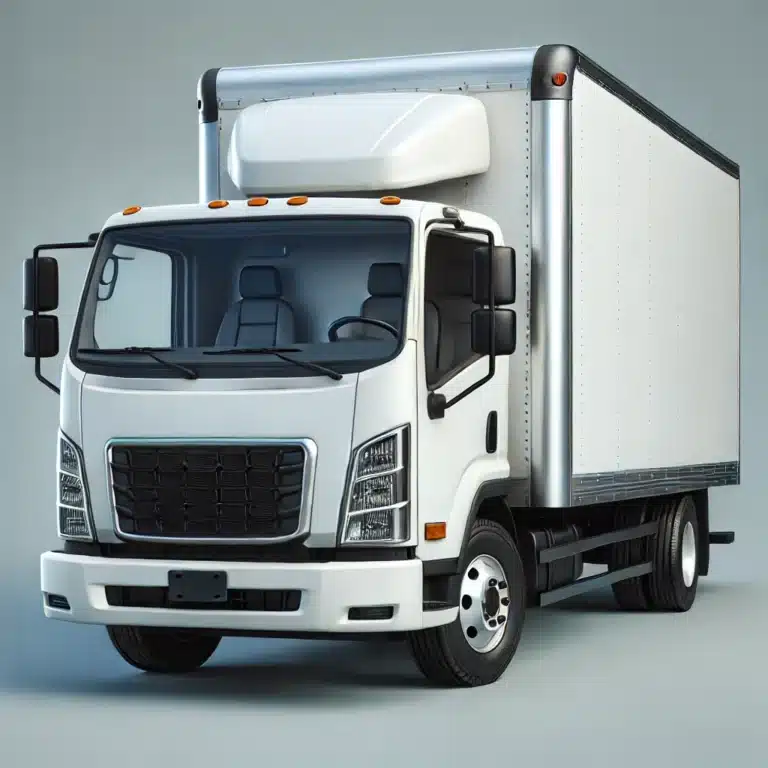What Is a Class B Vehicle? Weight Limits, CDL Requirements, and Examples Explained
 Class B vehicles are an essential part of the commercial transportation landscape, serving a variety of roles from public transit to heavy-duty freight hauling. Understanding what classifies a vehicle as Class B involves looking at specific criteria set by regulatory agencies like the Federal Motor Carrier Safety Administration (FMCSA). Below is an in-depth exploration of what defines a Class B vehicle.
Class B vehicles are an essential part of the commercial transportation landscape, serving a variety of roles from public transit to heavy-duty freight hauling. Understanding what classifies a vehicle as Class B involves looking at specific criteria set by regulatory agencies like the Federal Motor Carrier Safety Administration (FMCSA). Below is an in-depth exploration of what defines a Class B vehicle.
What Is a Class B Vehicle?
At its core, a Class B vehicle is defined by its weight, configuration, and intended use. Here are the key elements:
-
Weight Requirements: A Class B vehicle typically has a Gross Combination Weight Rating (GCWR) of 26,001 pounds or more. This weight specification distinguishes it from smaller vehicles that fall under Class C or are non-commercial.
-
Single-Unit Operation: Unlike combination vehicles (such as tractor-trailers classified under Class A), a Class B vehicle is designed to operate as a single, self-contained unit. However, it may tow a trailer with a GVWR not exceeding 10,000 pounds.
-
Passenger Capacity and Special Use:
- Passenger Transport: Many Class B vehicles are built to transport passengers. For example, vehicles designed to carry 16 or more passengers—including the driver—are typically classified as Class B.
- Special Cargo: Some Class B vehicles are also configured to haul hazardous materials that require placards, emphasizing the need for specialized safety standards.
Key Characteristics of Class B Vehicles
Understanding Class B vehicles requires examining several core characteristics:
-
Size and Weight:
The weight threshold of 26,001 pounds or more makes these vehicles robust enough for a variety of demanding applications, from urban delivery to long-distance transit. -
Design and Configuration:
These vehicles are generally built as a single unit rather than a combination of a tractor and trailer. This design feature contributes to differences in handling, maneuverability, and licensing requirements. -
Operational Role:
Class B vehicles are versatile. They can be found in roles such as:- Transit Buses: Operating on fixed routes in urban and suburban areas.
- School Buses: Specifically designed to safely transport children, often requiring additional endorsements and safety protocols.
- Straight Trucks: Common in construction, refuse collection, or freight delivery, where the vehicle is used without a significant trailer attachment.
Examples of Class B Vehicles
To put these characteristics into context, here are some typical examples of vehicles classified as Class B:
-
Buses:
Both transit and school buses, which are designed to carry multiple passengers, are considered Class B vehicles. These buses are built to stringent safety standards to protect a large number of passengers. -
Straight Trucks:
Trucks like delivery trucks, refuse collection trucks, and certain construction vehicles fall under Class B because they are self-contained units with high GVWRs, yet do not exceed the towing capacity that would classify them as a combination vehicle. -
Special-Purpose Vehicles:
Certain vehicles used for specialized applications—such as those transporting hazardous materials—can also be classified as Class B when they meet the weight and configuration criteria.
CDL Requirements for Class B Vehicles
Operating a Class B vehicle requires more than just understanding its physical attributes; it also involves meeting specific licensing standards:
-
Class B Commercial Driver’s License (CDL):
Drivers must obtain a Class B CDL, which involves passing a written knowledge test and a skills test that covers vehicle inspection, basic control skills, and on-road performance. -
Additional Endorsements:
Depending on the vehicle’s use, drivers might also need endorsements. For example, a passenger endorsement is required for drivers operating buses, while transporting hazardous materials could necessitate a HazMat endorsement. -
Training and Safety Protocols:
Given the vehicle’s size and the potential complexity of its operations, comprehensive training is essential. This training not only ensures compliance with federal regulations but also promotes safe driving practices and effective vehicle maintenance.
Safety and Operational Considerations
The robust nature of Class B vehicles demands strict adherence to safety standards:
-
Regular Inspections:
Due to their high GVWR and the critical roles they serve—particularly in passenger transport—regular maintenance and inspections are paramount. -
Driver Training:
Specialized training helps drivers manage the unique challenges posed by these vehicles, including handling emergencies, conducting pre-trip inspections, and mastering defensive driving techniques. -
Regulatory Compliance:
Both the vehicle and the driver must comply with federal and state regulations. This includes staying up-to-date with any changes in safety guidelines or licensing requirements.
Conclusion
Class B vehicles are a vital component of modern transportation, uniquely positioned between smaller commercial vehicles and the larger combination vehicles of Class A. Their classification is based on factors such as weight (a GVWR of 26,001 pounds or more), the ability to operate as a single unit, and their specialized roles in transporting passengers or goods. For drivers, obtaining a Class B CDL—and any necessary endorsements—is an essential step towards safely operating these powerful vehicles. Whether it’s a city bus, a school bus, or a heavy-duty straight truck, understanding the classification helps ensure that both operators and the public remain safe on the road.
